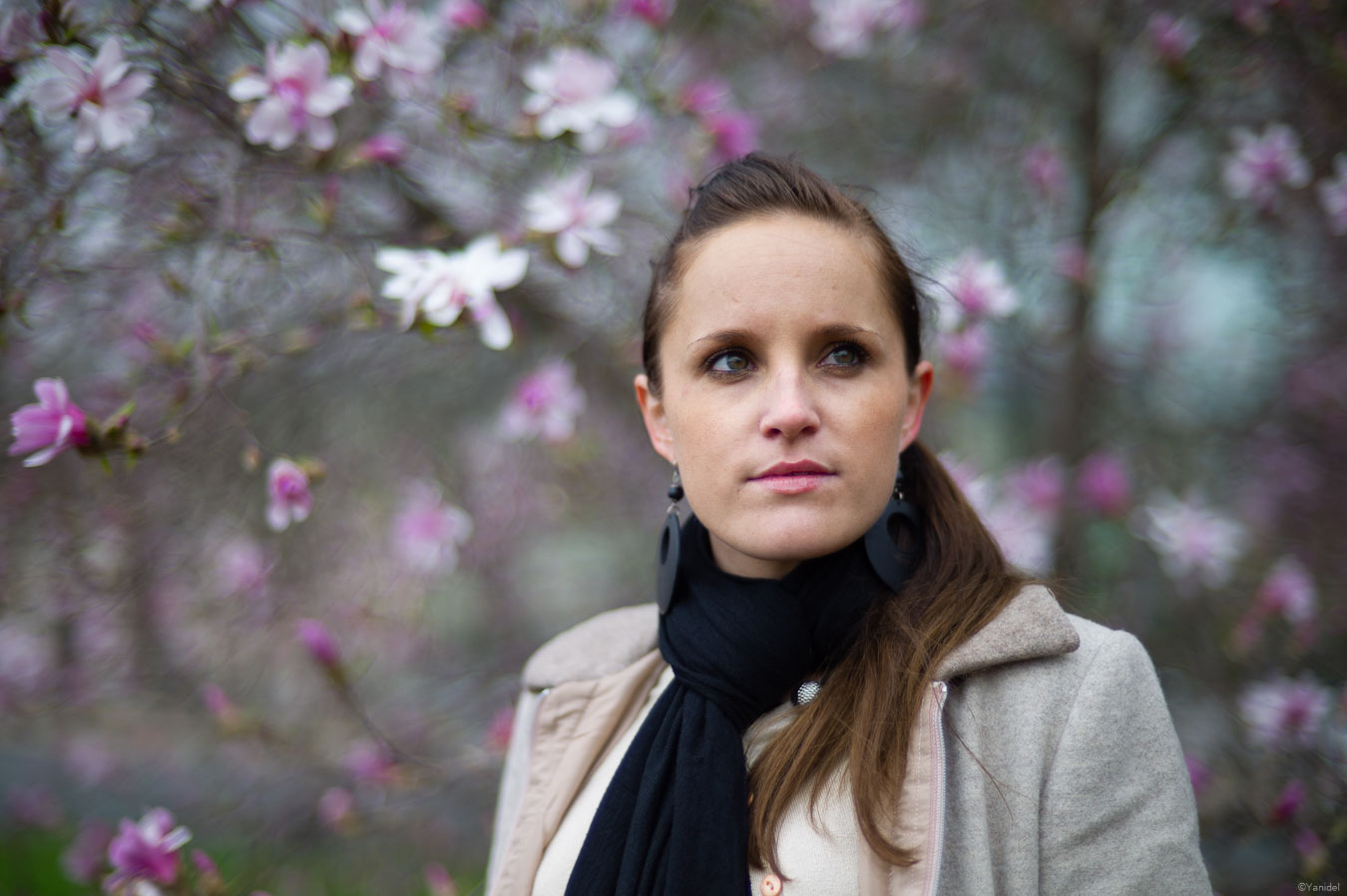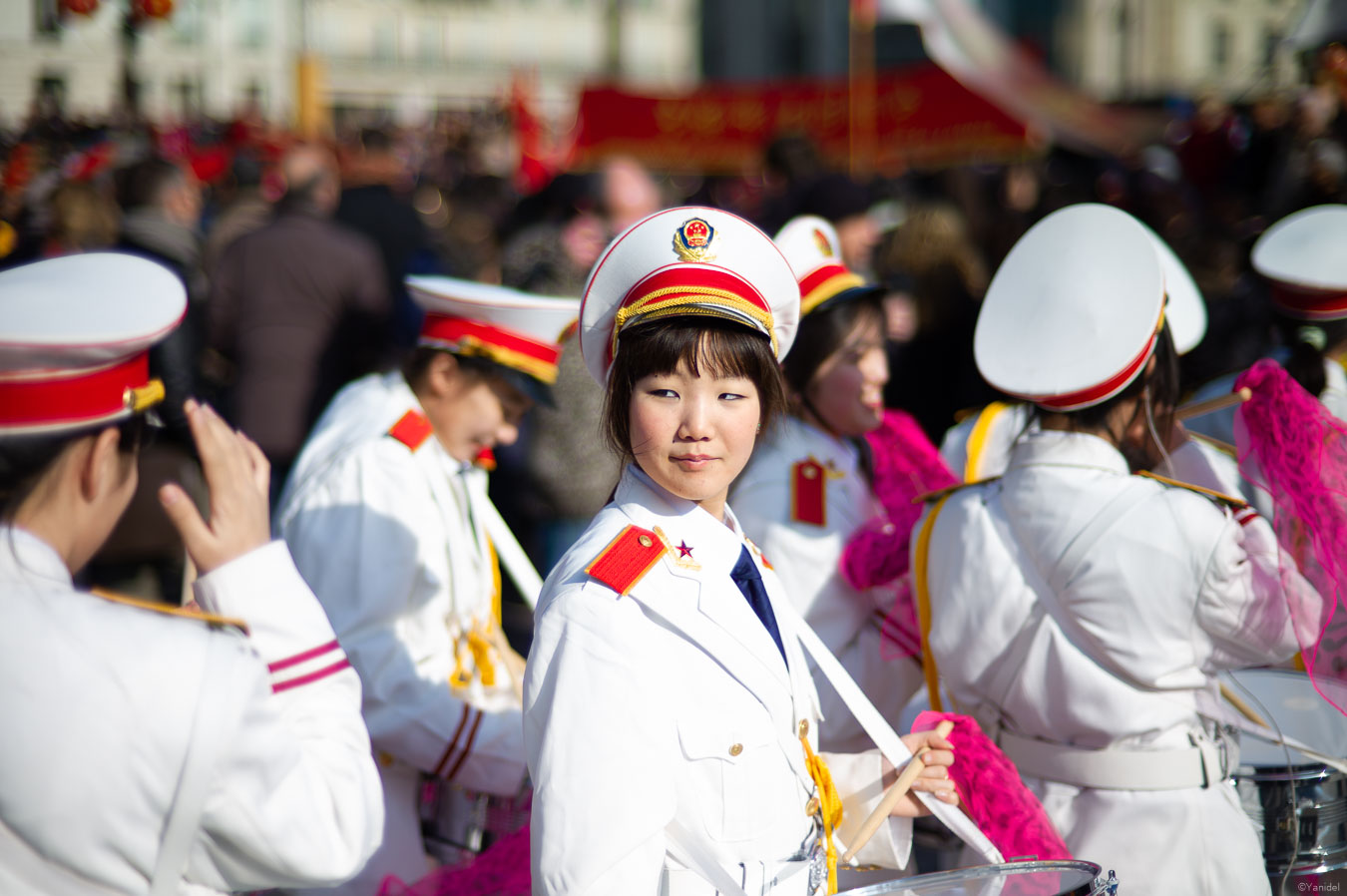The 60mm F1.2 Konica Hexanon Review
<< June 2022 : I initially wrote this review back in 2010, yet I still use this lens in 2022 and matched with the Leica 35mm Lux Asph, this is still my favorite combo of M system lenses. Pictures have been actualized and are shown without any post-processing (except for exposure adjustements when needed) >>
Through this blog, I often receive emails inquiring about the 60mm Konica Hexanon since many of my pictures are taken with it. That is also probably due to the fact that little information can be found on the web on this lens. In deed this is a very rare lens (production of 800 only) and quite unknown in the M users community. I therefore decided to write this comprehensive review that should answer most questions regarding this lens and its performance.

Leica M9 with 60mm Hexanon at F4 – Paris
Nonetheless, before we go into the details of this review, let me first state that I have no intention for this blog to evolve into a review platform, there are indeed already quite a few great writers on the M system such as Steve Huff, Sean Reid and Erwin Puts. This review should be viewed as a contribution to the M system knowledge database. Also keep in mind as you read it, that I am not an expert reviewer. Indeed you’ll notice that most pictures featured on this review have gone through my standard processing as I did elect to show the end result of my work with this lens and not strings of technical brick shots. Nevertheless, I did include a few downloadable unprocessed files that are available for closer examination in the bokeh section of the review.
Finally, I would like to thank Jean-Marie Sepulchre and Stephen @ Lee that have kindly agreed to let me reproduce some of their work and illustrations in this review.
Introduction
Konica introduced this lens in 1999 as a commemoration of the 1959 version of the Hexanon. The original lens is extremely rare and, unluckily, I could not find any pictures shot with it. Most probably the few remaining samples must sit somewhere on the shelves of a few fortunate collectors.
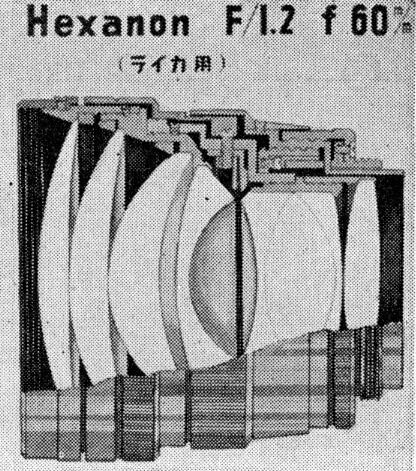
1956 Advertisement Leaflet – Stephen @ Lee
The new lens is therefore a complete redesign of the optical formula and housing. Being a special edition, it was produced in only 800 samples and sold initially for $1600 on the Japanese market. It has 7 elements in 6 groups lens and10 aperture blades, while the minimum focus distance is set at 0.8 meters.
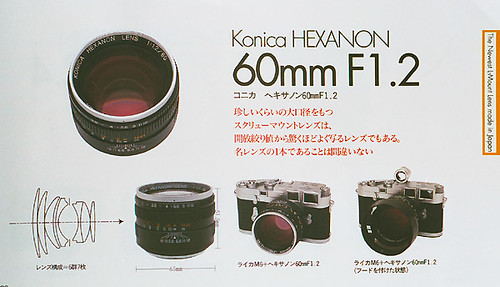
1998 advertisement leaflet – Stephen @ Lee
The 60mm focal length
This focal is an uncommon one in the M system though famous photographers such as Sebastiao Salgado used it extensively on his Leica R camera. Several manufacturers do market 60mm prime lenses, but it is mainly targeted at macro photography. Also, Leica manufactured a 65mm lens decades ago whose head could be mounted on their Visoflex system, yet again, it was mainly aimed at photographers looking for a macro solution.
I have used the 60mm focal length extensively over the last 12 months on the Leica M9 and find it an excellent complement to a 35mm lens for street photography or reportage. The 60mm focal is in my opinion a tighter 50mm field of view, in the sense that there will be little difference in the way you compose with both focals. Indeed, there are no dedicated 60mm framelines in M cameras’ viewfinders, so one has to use the 50mm framelines to compose his shots. Moreover, many shots in street photography are taken in a rush therefore precise framing is not the norm and while 50mm framelines are by design not accurate at all distances. Hence I have come to the conclusion that the types of compositions I shoot are exactly the same whether I use a 50mm or 60mm lens. Again this is specific to street photography, it might not be validate if you shoot mainly landscapes or portraits.
In fact, the difference in fields of view will be perceived only when reviewing your pictures. Indeed I feel that 50mm lenses render scenes in a similar way to a 35mm lens, while the 60mm is close to the compressed look of tele lenses. Furthermore, for a given field of view and aperture, the 60mm focal length will also have a thinner depth of field than a 50mm lens, which results very interesting to isolate subjects from their background. Finally, there have been endless debates among M photographers on which of the following kit is the most versatile; that is 35mm + 50mm or 35mm + 75mm. Using a 60mm lens, and to translate litterally a French expression, one cuts the pear in two by getting a 50mm composition with a 75mm tele look.

Leica M9 with 60mm Hexanon af F1.4 – Paris
What’s in the box ?
If you were to acquire a complete 60mm Konica Hexanon kit, the unpacking of the box would reveal the following items :
– a screw mount 60mm lens. An additional 50mm screw to M adapter will be need to mount it on a M camera.
– a vented metal hood. This is quite a big hood, I therefore chose not to use it and will cover the consequences in a later section.
– a 60mm external metal viewfinder. Since 60mm framelines are not available on M cameras, Konica supplied this finder for those in need of a precise framing. I have never used it as I do prefer to focus through the viewfinder. Moreover, at 60mm, zone focusing is often a no go, thus I would think that few would actually use this finder
– a lens cap which will only fit when the hood is not mounted.
– a Konica 58mm UV filter
– a user notice
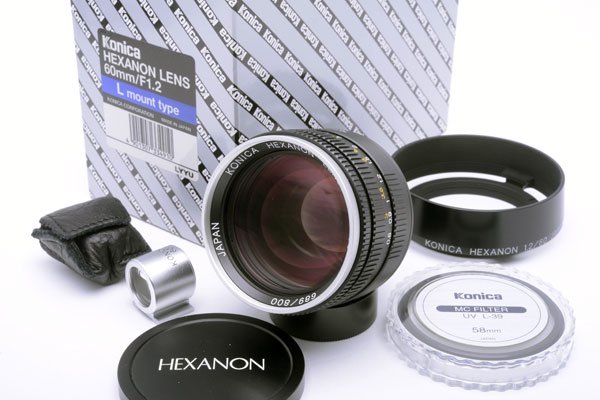
Build quality and ergonomics
One time while visiting my Leica dealer in Paris, I showed him the 60mm Hexanon. He was very impressed with the build quality which was, in his own terms, “very Leica like” if not of a superior build. The focus ring is the smoothest I have handled. The lens is extremely well assembled and no internal noise can be detected. The aperture ring clicks at precise stops and allows you to set it at any position within two stops, a feature that will be appreciated by photographers who like to set exposure meticulously. Konica did nevertheless take the odd choice to include a non-linear F scale. Indeed, the scale first increments with a half stop, then a full stop, followed again by half stops to finally end in full stops. I wished the scale was constant to make it easier to count clicks when setting the exposure.
Coming back to the focus ring, the lens was designed with a focus short throw, meaning you can go from minimum focus distance to infinity with a small rotation of the ring. This is very convenient in situation where you need to adjust focus quickly. Evidently, shots where you suddenly need to adjust the focus distance from 0.8m to 10 meters are quite uncommon but it has helped me in several situations. Finally, the focus ring does not have a lever which is ok on a long focal since zone focusing is not the norm. (with a 35mm lens, I often adjust focus on a given distance just by feel of the position of the lever).
In terms of weight, the 60mm Hexanon comes in at 420 grams with the 50mm ltm to M adapter mounted. Compared to similar super fast lenses, it is definitely on the lower part of the range. Indeed, the 50mm Noctilux version II weights 560grams while the newest F0.95 is a hefty 800 grams. It is slightly heavier than the 340 grams Summilux Asph and about the same as a 75mm Summicron.
Size wise it is about 54mm long, which is about the same length as a 50mm Summilux asph. As you can see in the picture below, the 60mm Hexanon is the shortest of this bunch of super fast lenses and is considerably smaller than the Noctilux.
From left to right : 50mm Noctilux, 60mm Hexanon, 50mm 1.2 Hexanon, 50mm Lux Asph)
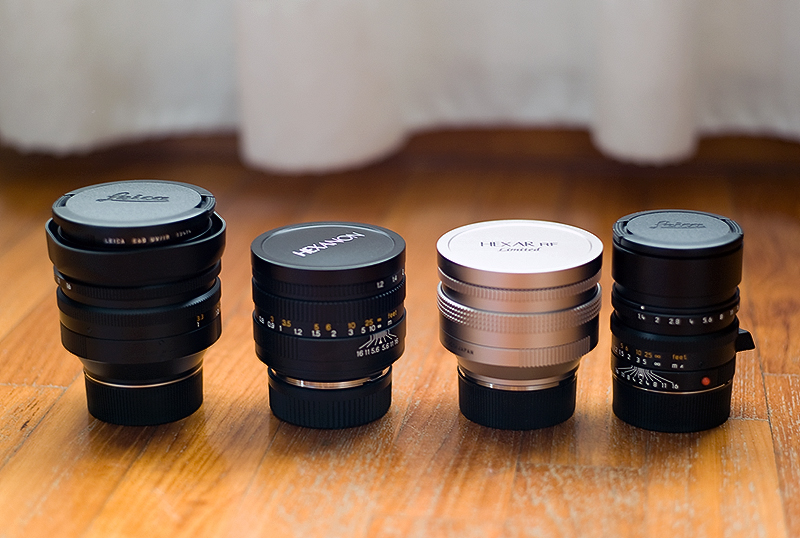
Picture by Stephen @ Lee
The 60mm Hexanon as a large front element (58mm) to allow for the F1.2 aperture, yet unfortunately the law of optics do require it for any super fast lens. To put it in perspective, the Noctilux takes a 60mm filter while the Canon F0.95 boasts an enormous 72mm filter thread. It is nonetheless bigger than the 46mm of the Summilux Asph. The 58mm filter thread does mean that the lens intrudes somewhat in the 50mm framelines of the M9 viewfinder, I estimate it to be less than 5% at infinity and no more than 10% at minimum focus distance which is easily manageable with some practice. Overall, I would say that while not a small lens, the 60mm Hexanon provides great trade-off between maximum speed capability and size. Moreover, when mounted on the M9, the weight makes the system very stable and thus I can actually go down to lower minimum speeds then when I shoot with smaller M lenses.
Regarding the mimimum focus distance, the 60mm Hexanon focuses down to 0.8 meters in theory. In practice, the rangefinder coupling disengages below 0.9 meters on my sample. According to members of the RFF forum, it is caused by a shorter focus lever than the one built in Leica lenses. Some users did succeed to fix the issue but I have not attempted it since I seldom need to go below 0.9 meters in street photography. This being said, it means that one will have to always remember as he converges towards the minimum focus limit, that he risks to lose the rangefinder coupling.
That leads me to the second potential shortfall of this lens which has been commonly reported : back focus on Leica bodies . This problem seems to be very dependent on the type of adapter mounted on the lens and does not seem to impact every sample. Mine does suffer from a small back focus, though it is hardly perceptible at mid distances (2-5 meters). Since I wanted this lens to have perfect focus I performed the ignominy of misaligning my M9 rangefinder on purpose. Some will say that it could impact focus at different distances but it is actually spot on at close, mid and infinity distances.
Finally, the lens is obviously not coded for use on the Leica M8 or M9. It is nevertheless possible to buy a John Milich screw to M mount adapter on which you can draw the code of you choice. I have not experimented with coding since I found the rendering of the uncoded image to my tase and unaffected by any color drifts.

Leica M9 with 60mm Hexanon at F4.0 – Paris
Performance
A) Introduction
Before going in depth into the performance of the 60mm Hexanon, it is worth mentioning a statement made by Erwin Puts on this lens. Indeed, Mr. Puts implied that the light transmission at F1.2 is actually the one of a F1.4 lens. This concords with my observations using the M9 metering, the readings match indeed those of a 1.4 lens. Nevertheless, the resulting depth of field and rendering wide open is the one of a F1.2 lens. At times when ISO1600 and above are the new norms for low light, I feel it is more important than a half stop gain in speed, at least in street photography.
This being said, one of the biggest advantage of the 60mm Hexanon is its capability to render three different looks based on the aperture used, that is :
– at F1.2 you’ll get the classic look of older lenses. In a few words; softer resolution, vignetting and lower contrast. You’ll even find the characteristics of the famous “Leica glow”, maybe due to the light halos (nimbus) it can produces. In fact, I found that the way the Hexanon draws is similar to the 75mm Lux at F1.4, bokeh considerations apart (this will be covered later on). In my opinion, at F1.2, the lens is perfect for weddings, ladies portraits or street scenes where you’ll want a thin sharpness zone and a nostalgic, lyric, romantic, mystic, … you name it … type of look.
– from F1.4 to F2.0 : the lens becomes the sharpest lens on center of the whole M range. Stunning sharpness. Yet corners remain soft so the transition from sharp to unsharp areas of the field creates a wonderful effect that clearly separates the subject from its background. The lens also reaches a high contrast level and vignetting is greatly reduced. This is the aperture I use the most for street photography since the modern look it produces matches well with the one of the 35mm Lux Asph.
From F2.8 to F11 : maximum sharpness is reached over the whole field. The lens has high contrast and a modern look. It becomes an amazing lens for lanscapes or street shots where a maximum level of detail is required on the whole field of view.

Leica M9 with 60mm Hexanon at F2.0 – Paris
B) Sharpness
For this technical part of the review, Jean-Marie Sepulchre kindly accepted that I reproduce some elements of his DxO testing of the 60mm Hexanon. Jean-Marie, a seasoned and passionate photographic equipment author, tested the performance of 90 lenses on the Leica M9 which resulted in a 250 pages electronic book. Though currently only available in French (an English might be in the works), this link will lead you to Jean-Marie’s website for more information on his book. I strongly recommend it to any people in search of detailed analysis of both the M9 and the tested lenses.
The following chart plots the performance of the 60mm hexanon at its various apertures on a scale of 1 to 5 (5 being excellent). The coloured bars correspond to the four areas of the field; center, thirds, borders and corners.
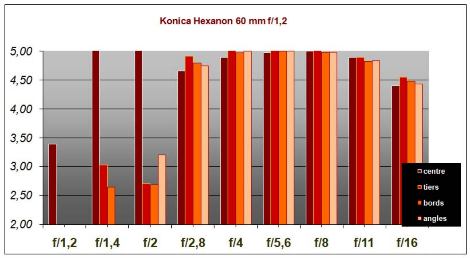
At F1.2, sharpness is average on center and it drops to the lowest rating at the thirds already. Corners do not even get to the lowest grade.
From F1.4 to F2.0, sharpness hits a maximum on center while thirds and borders improve slighlty. Corners start to improve only at F2.0 though. Note that Jean-Marie’s Sepulchre tests show that no other lens in the full M range reaches the maximum rating at F1.4 of the Hexanon and only a bunch do at F2, including stellar lenses such as the 50mm Summilux Asph.
By F2.8, the lens reaches excellence in sharpness on the whole field and carries on with that performance until F8.
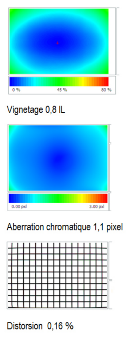
C) Vignetting, chromatic aberration and distortion.
The following three extracts from Jean-Marie’s book illustrate the performance for other key quality parameters.
Vignetting is fairly low for a super fast lens as it was measured at only 0.8 stops wide open. It remarkably disappears by F2. Note that I feel that the light vignetting does add to the lyric rendering of the lens when used wide open.
Distortion is well under control at only 0.16% and chromatic aberration is rated at a decent 1.1 pixel, which is line with the rating of the 50mm Summilux Asph. The lens does nevertheless suffer from purple fringing wide open when facing contrasty situation. This again, is also a common characteristic of super fast lenses.
D) Bokeh
Bokeh relates to the properties of the out of focus areas of a picture. Often simplified to the shape of the light circles generated by luminous sources, bokeh is in fact the result of many variables such as distance to subject, aperture, optical formula and obviously the scene about to be photographed. There is in my opinion no good or bad bokeh, but you’ll often read about a bokeh being curly, fuzzy, smooth or harsh. These adjectives all denote a certain amount of subjectivity, I’ll therefore describe the Hexanon bokeh by words and illustrates with pictures. It will be up to you to decide whether it corresponds to your taste or not.
Note that the 60mm Hexanon features 10 aperture blades which will help form nice circular blobs at wide apertures. Stopped down to mid apertures (F2.8 and above), a light cross shaped pattern will start to be distinguishable, but not to the extend of many modern lenses.
Leica M9 with 60mm Hexanon at F1.2
At F1.2 and F1.4, overall, the lens will melt background elements when shooting subjects at close or mid distances and create impressionist types of shapes. Light blobs will either take the form of two slightly convex cones glued together or the shape of a half cut donut. Depending on the light, source, you will also get fully rounded blobs now and then. Structures with lines will often be represented with the double-lining effect.
At F2-2.8, bokeh smoothens significantly and by F4 bokeh becomes pretty similar to many other lenses.

Leica M9 with 60mm Konica Hexanon at F1.2 – Venice
E) Flare
When shooting with the sun in the vicinity of the viewfinder, the lens will produce some flare at times. Strangely, it always consist of a diagonal rainbow-like band in one of the bottom corner of the picture. I personally do not mind it and feel it can actually give a special touch to the impacted pictures. Neverthelessm, if you need flare free shots this might be an inconvenience for you. Note that I did not notice a significant flare reduction when using the supplied hood.
Conclusion
I have owned the 60mm Konica Hexanon for now 18 months. Though I have experimented with many other lenses, this is the lens I always come back to as a complement to the 35mm Summilux Asph. Performance wise, it is up there with the very bests (50mm Summilux Asph and 0.95 Noctilux) yet I feel it provides the best balance between size and capability of all the super fast lenses. Indeed, the 60mm Hexanon is actually a three in one lens since it will render the “classic” portrait look wide open, high contrast and maximum sharpness on center between F1.4 and F2 and finally has all the characteristics of modern lenses at smaller aperture with excellent sharpness over the whole field.
Its main drawbacks are the potential back focus that has been found on some samples and the uncoupling of the rangefinder focus under 0.9 meters These are nevertheless fixable issues and once you have a perfectly adjusted lens, you’ll find the 60mm Hexanon to be a match in Heaven on most M bodies.
Leica M9 with 60mm Hexanon at F1.2, ND filter, Paris
